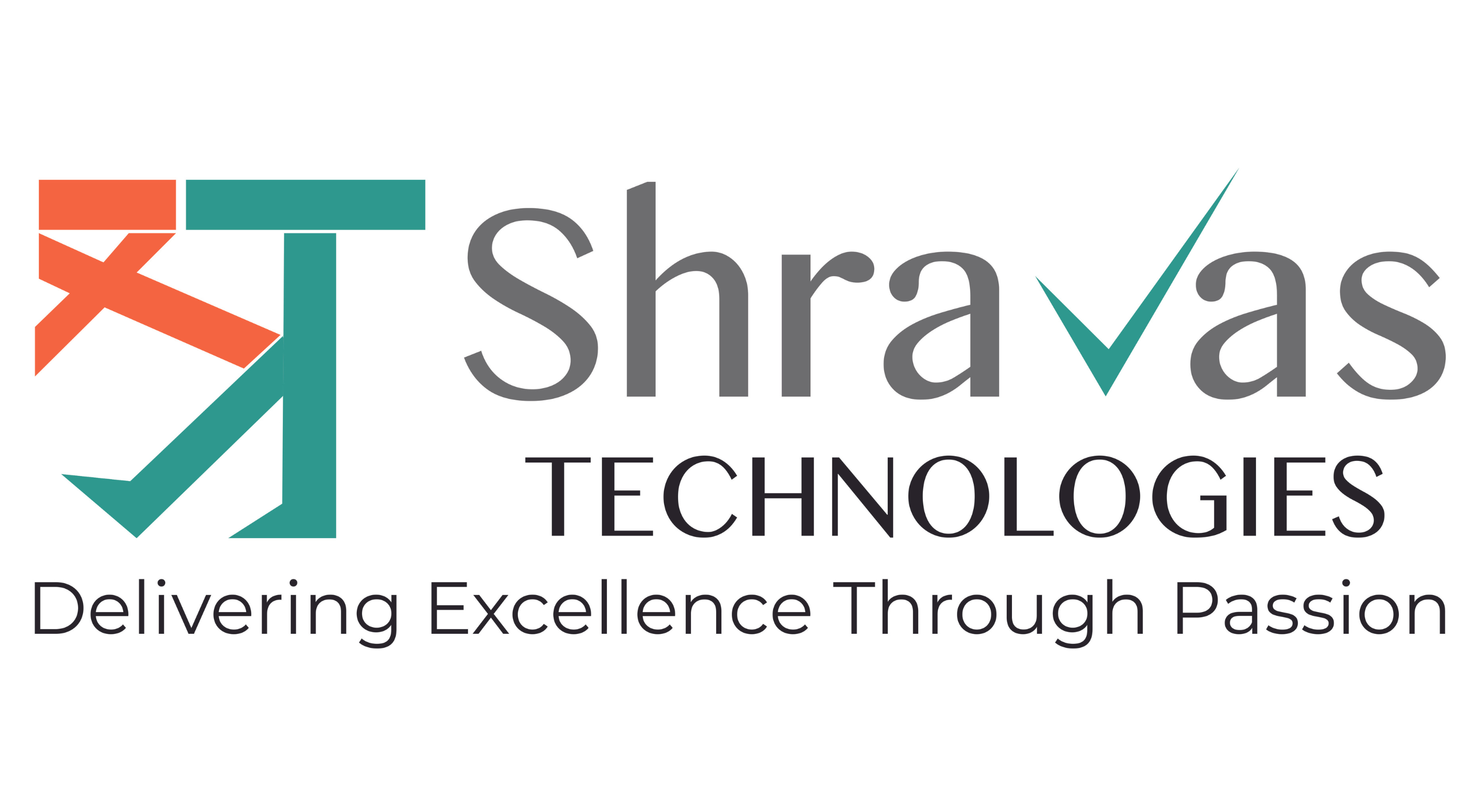Why Pen Testing Needs to Evolve
Traditional penetration testing methods aren’t enough anymore. Cloud-native architectures and connected devices have redefined the attack surface. From S3 bucket leaks to compromised IoT firmware, vulnerabilities are now spread across dynamic, distributed systems. Bengaluru’s booming IT sector, with its countless startups and enterprises transitioning to cloud and IoT ecosystems, is particularly exposed.
With cloud adoption and smart device integration accelerating across India, security strategies must adapt. That’s where cloud and IoT penetration testing (pen testing) comes in—targeted, context-aware assessments aimed at finding misconfigurations and vulnerabilities before attackers do.
What Makes Cloud Pen Testing Different
Cloud environments aren’t static. Resources scale up and down, configurations change by the hour, and third-party integrations complicate visibility. Here’s what testers should focus on:
1. Misconfigured Storage and Access Policies
In cloud ecosystems like AWS, Azure, or GCP, overly permissive IAM roles, public S3 buckets, and unrestricted databases are common mistakes. Testers need to simulate lateral movement, privilege escalation, and data exfiltration within cloud-native services.
2. Insecure APIs and Endpoints
Cloud-based applications expose APIs that can leak sensitive information or allow injection attacks. Automated tools can help identify exposed endpoints, but manual testing is needed to verify business logic flaws.
3. Shadow Resources and Orphaned Services
Assets spun up for testing or short-term projects often remain unmonitored. These can become entry points. Enumeration strategies must include hunting down forgotten VMs, databases, or containers.
4. Logging, Monitoring, and Incident Response Gaps
Even the best infrastructure can’t defend what it can’t detect. Pen testing in the cloud should evaluate how well security events are logged, monitored, and escalated.
IoT Pen Testing: Small Devices, Big Risks
IoT testing has its own challenges, especially for consumer and industrial applications. Bengaluru’s thriving smart home startups, health-tech firms, and manufacturing automation providers rely on connected devices—often shipped with minimal security controls.
1. Firmware and OS Vulnerabilities
Many IoT devices run outdated Linux kernels or custom OS builds. Reverse engineering firmware can uncover hardcoded credentials, unencrypted data storage, or remote code execution vulnerabilities.
2. Wireless Communication Protocols
BLE, Zigbee, LoRa, and Wi-Fi-based communication need to be intercepted and analyzed. Tools like HackRF and Ghidra help uncover insecure pairing, replay attack vectors, or lack of encryption.
3. Device-to-Cloud Communication
How do IoT devices send data to cloud dashboards? Is TLS enforced? Are JWT tokens properly scoped? Pen testing should trace the full data path and attempt to intercept or modify packets.
4. Mobile Apps and Web Portals
Many IoT devices are controlled via apps. These often have flaws like insecure API usage, poor session management, or client-side encryption. Testing the entire ecosystem—device, cloud, and user interface—is critical.
Tools and Frameworks That Matter
Cloud and IoT pen testing calls for a hybrid toolkit:
- Cloud Security Tools: ScoutSuite, Prowler, CloudSploit for auditing cloud configs.
- IoT Analysis: Binwalk, Radare2, Firmadyne for firmware.
- Traffic Analysis: Wireshark, Burp Suite, mitmproxy.
- Red Teaming Platforms: C2 frameworks like Sliver or Covenant for simulated attacks.
Frameworks such as MITRE ATT&CK for Cloud and OWASP IoT Top 10 guide testers on common techniques and vulnerabilities.
Bengaluru’s Testing Ecosystem and the Need for Specialization
As a hub for digital transformation and product innovation, Bengaluru’s tech landscape demands specialized testing services. The standard app-only approach doesn’t cut it anymore. With more SaaS providers, fintech platforms, health tech ventures, and smart city initiatives going cloud-native, organizations need testing partners who understand modern infrastructure inside out.
This is where firms like Shravas Technologies Pvt Ltd stand out. With a focus on holistic security assessments, Shravas blends manual pen testing, automated scanning, and architectural audits to deliver comprehensive reports. Their expertise covers both cloud security and IoT ecosystem testing, making them a trusted partner for organizations scaling securely in today’s volatile environment.
Best Practices to Implement Now
Whether you’re managing cloud workloads or launching connected devices, here are non-negotiables:
- Conduct regular threat modeling for your specific cloud and IoT architecture.
- Limit and log IAM privileges; use least privilege principles.
- Encrypt data in transit and at rest, especially between IoT devices and the cloud.
- Perform static and dynamic testing of firmware and apps.
- Engage third-party pen testers quarterly to simulate zero-trust attacks.
Final Word
Pen testing for modern infrastructures isn’t optional anymore—it’s operationally essential. The threat landscape has changed, and organizations in Bengaluru’s fast-moving tech scene must keep pace. Whether you’re a cloud-first startup or an enterprise integrating IoT into your workflow, you need security strategies that go deeper.
Shravas Technologies Pvt Ltd offers just that—real-world testing for real-world threats. Visit www.shravas.com to learn how they can help you secure what matters.

